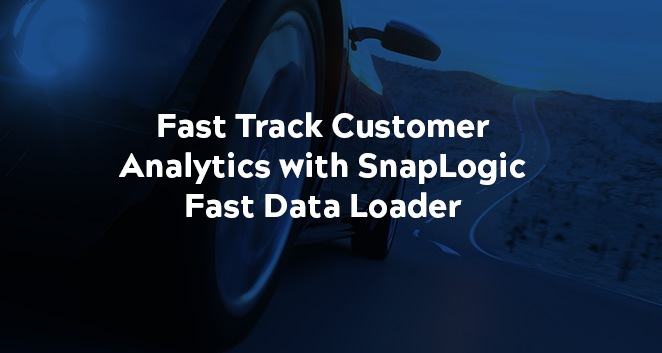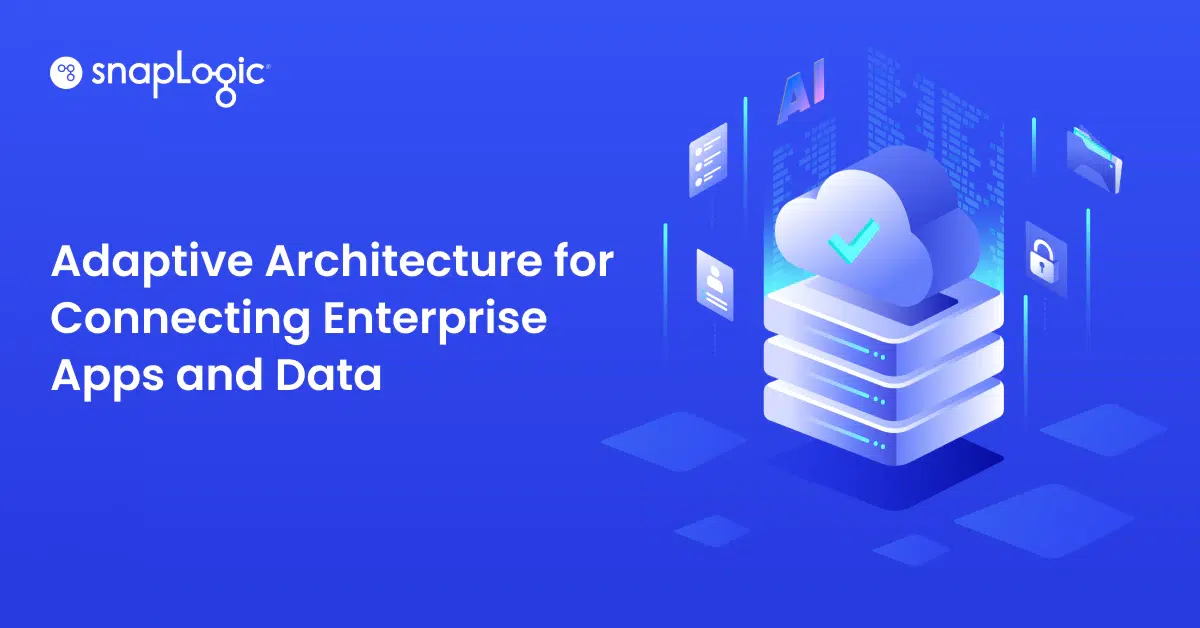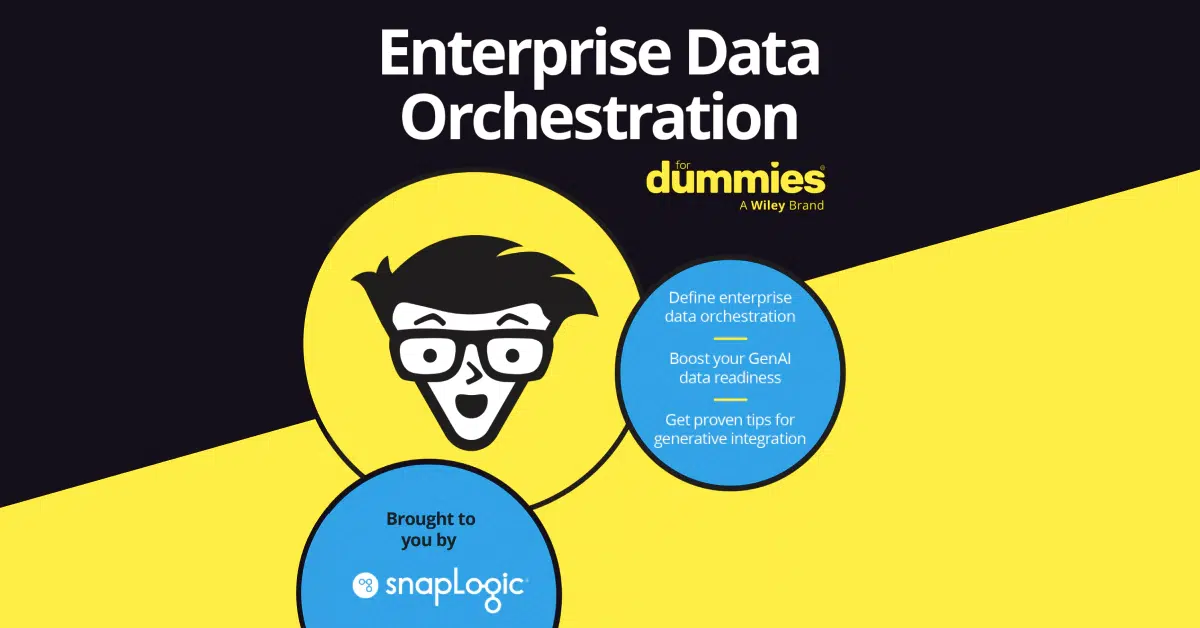‘Every investment should contribute to revenue’. Some of your investments contribute directly while most of them will contribute indirectly. Investments you make on anything customer-facing are likely to have a major impact on your revenue.
Whether you are helping your customers identify root causes of service issues faster, or helping them solve a business problem with new product capabilities, or even helping your customers get the most out of their products with adequate training, you are making your product or service more sticky. To make that happen, you need the right people to engage with your customers, the right processes for effective operations, and the right data and insights to guide their actions.
The third key ingredient in the above recipe is data from all relevant sources that hold customer information. That includes past purchase data from a CRM system, customer service data from a service management tool, product usage data from a database, product shipment data from a procure-to-pay system, and more. But loading data from a variety of data sources and data types can get complicated. However, if you can pull that together, you can deliver magic for your customer and your business.
With the right product and service insights, you can:
- Identify customers who are more likely to respond to upsell opportunities
- Understand customer training needs by analyzing service tickets
- Measure the impact of customer training
- Understand product/service usage trends to proactively identify churn risk and direct customer success/support/sales to engage with customers.
Let’s dive into the challenges companies face.
Wide variety of data sources
If your company has been around a number of years, you likely have point-of-sale (POS) data from your physical stores, click-stream data from your e-commerce website, warehouse management data from geographically distributed warehouses, carrier logistics data from your delivery partners, order management data from internal systems, product usage data, customer contact data, and associated orders data.
There is a wide variety of data here. Some data such as customer contacts is probably in a few gigabytes but others like warehouse inventory data can be in the hundreds of gigabytes. Some information is more important than others, for example, orders data is more valuable than click-stream data. Some information ages more quickly than others, for example, product usage data becomes less and less relevant over time while warehouse management data is more timeless. Some information changes quickly while other data is fairly static. To get the most insights from these varied data sources with varied characteristics you have to treat each data source individually.
Cloud migration, cost management
Every company is at a different stage in its journey to the cloud. For a decades-old company, you probably had an on-premises-based data warehouse. They got the job done but were costly to spin up and maintain. Most provided limited space, were unable to meet the peak-time demands, and were idle most of the time. Now as companies are looking for ways to focus on revenue-generating activities, they are turning to modern data warehouses in the cloud: Snowflake, Amazon Redshift, SAP Data Warehouse Cloud, among others. To fully activate them, you need to source data from a variety of app and data sources.
Increased urgency for a unified view
As you are delivering new analytics projects that rely on your cloud data warehouse, you also need to find more efficient ways to get a unified view of the customer data. Getting that unified view has renewed importance in this cloud age because unfortunately, cloud migrations only exacerbate the data silos in your organization. Your organization has 10s or even 100s of applications that touch customer data in some way and that number is only going to increase. As the number and variety of data sources increase, you just don’t have the luxury to custom-code data loads for every system.
SnapLogic Fast Data Loader helps you tackle your data loading challenges with a simple, no-code, point-and-click user interface to deliver magic for your customers and your business. In fact, it helps you empower even the business users who might be seeking direct access to customer insights from data with pre-built pipelines. You can load large amounts of data faster with parallel loading or do incremental updates quickly. You can replicate schema or just data or even track historical changes with SCD2 functionality. What’s more, you can load up to 1 million records per month – for FREE! – from Salesforce, ServiceNow, Coupa, Oracle database, and Microsoft SQL Server database to Salesforce, Redshift, or SAP Data Warehouse Cloud. Want to learn more? Try it out today!








